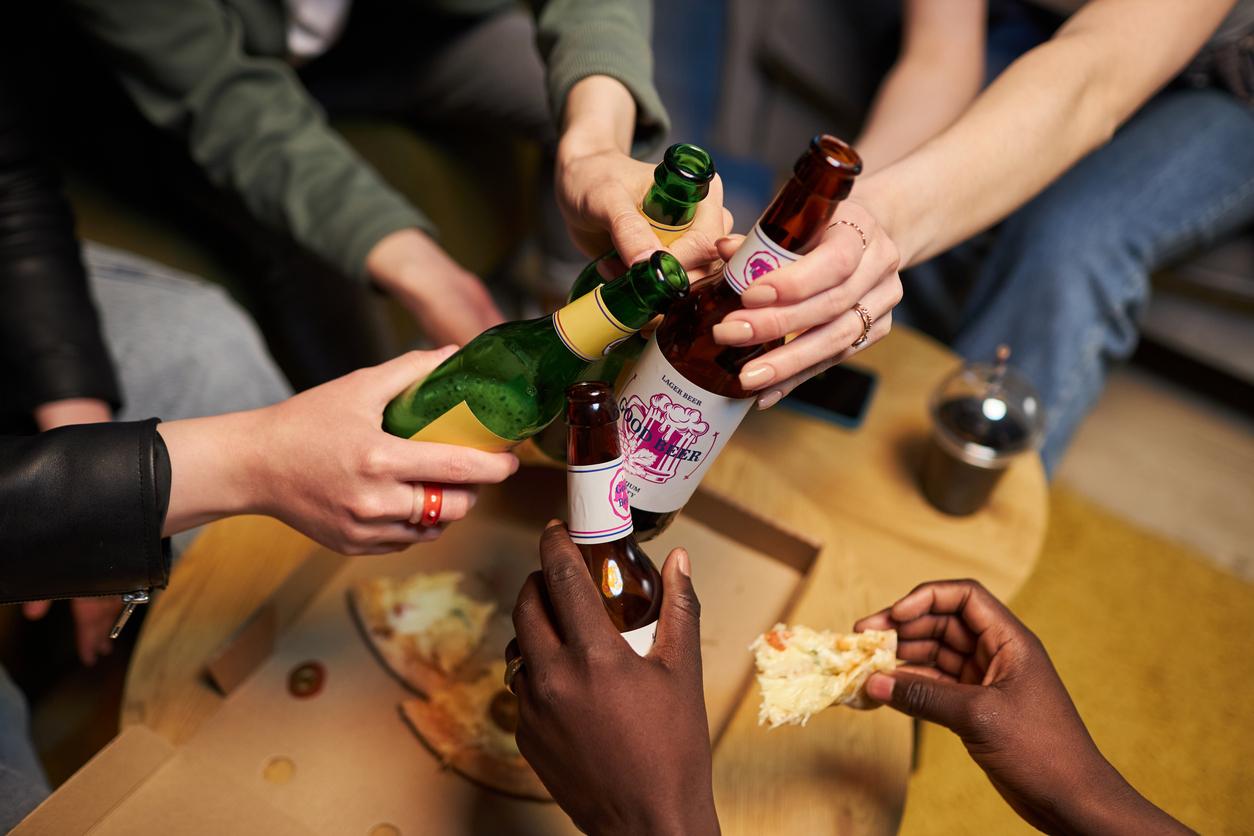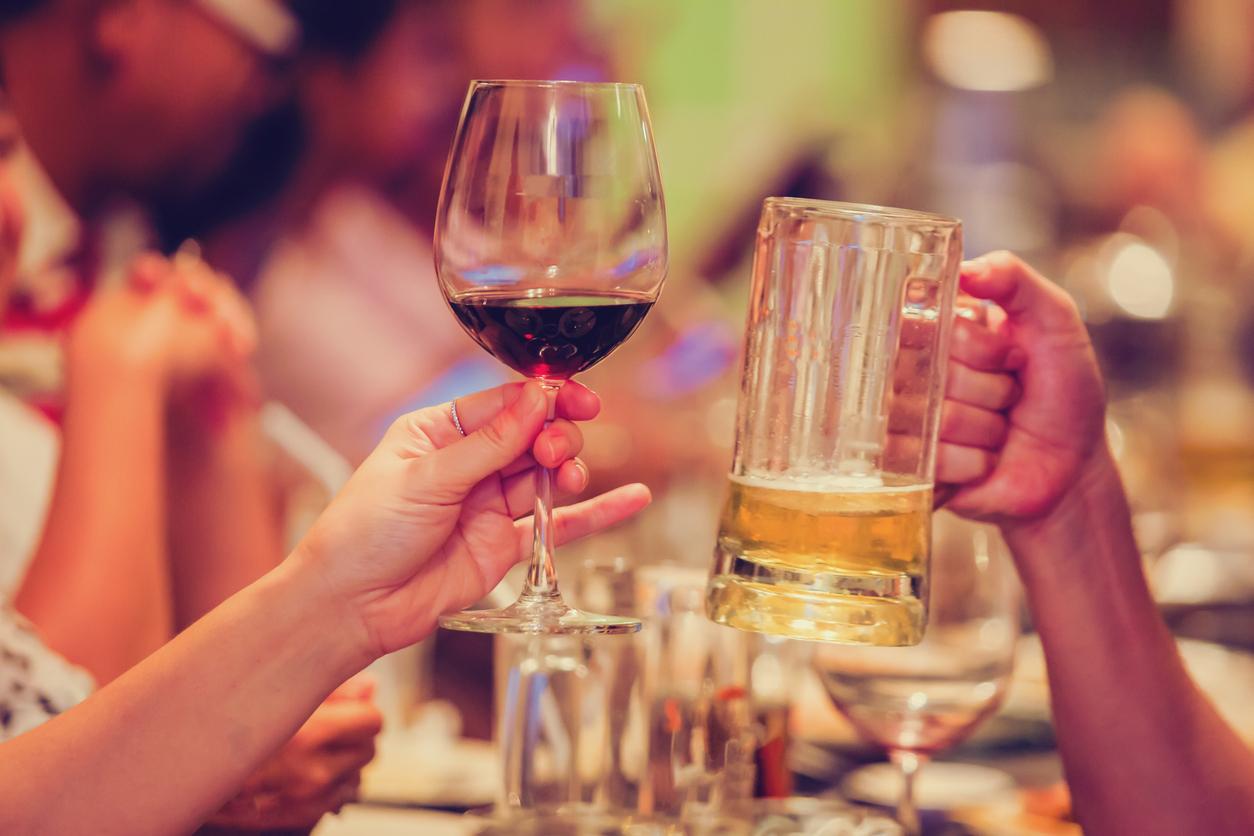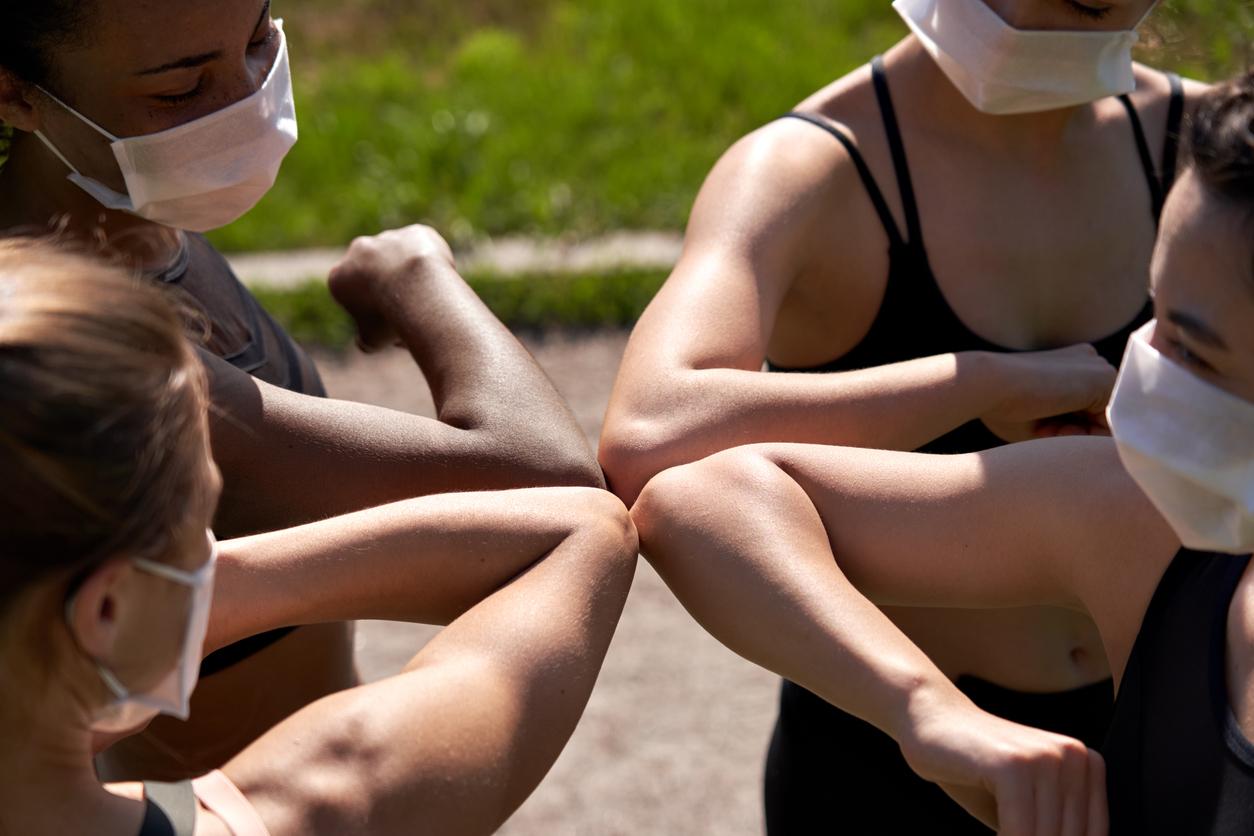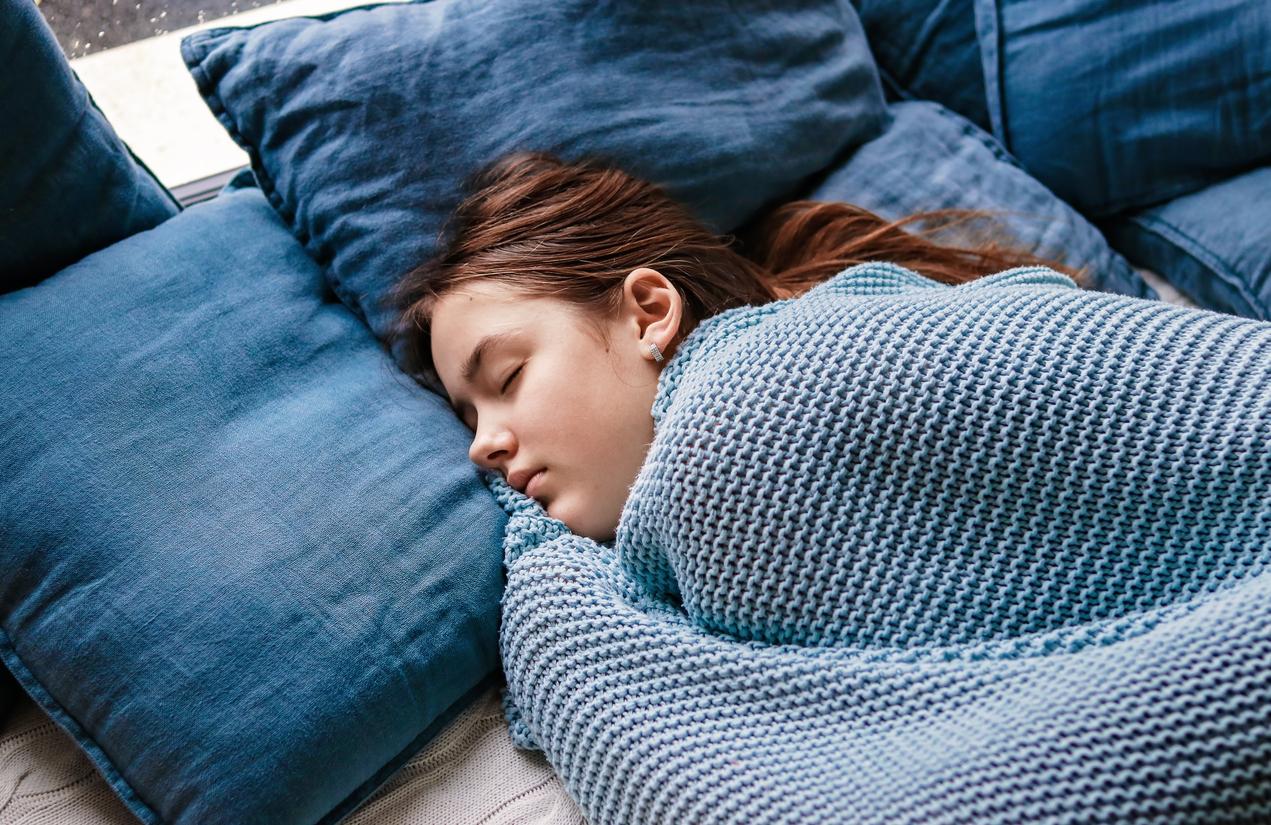One in five teenagers takes jello shots at least once a month. Easy access to heavy drinking, which is associated with dangerous behavior.
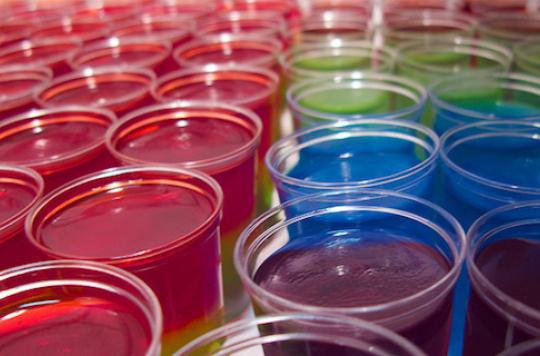
The “jello shots” come to us from North America. In American and Canadian parties, and increasingly at French parties, these jelly alcohol glasses are popular and easy to drink. The 13-20 year olds are one in five to admit to having consumed in the month, according to a study of the medical center of the University of Boston, carried out on Americans and published in the Journal of Child and Adolescent Substance Abuse.
By asking more than 1,000 teenagers about their alcohol consumption over the past 30 days, the researchers found that exactly 20.4% had succumbed to jello shots. An even greater proportion for girls than for boys. Jello shots appeal without distinction of age, origin and location, but seem to concern a little more teens from households with lower incomes, and without access to the internet.
Twice as many fights
Gelatin drinkers are also clearly associated with more disturbing drinking behaviors. They consume on average 2.2 more days per week, 31 glasses per month instead of 19 for the refractory. They are twice as likely to have fought after drinking (19%).
Without having formally demonstrated that jello shots were at the origin of alcohol abuse among young people, the results indicate “an association with drinking patterns, implying an increase in the risks associated with it,” explains Dr Michael. Siegel, professor of public health at Boston University. Specific actions should be put in place on this practice with the aim of generally reducing the risks of alcoholism among young people. “
A product to appeal to young people
Because the jello shot is treacherous. It is, in a fairly basic way, alcohol mixed with gelatin, and slightly diluted in water. Most of the time, young people reported using whiskey or vodka. The equivalent of a glass (4 cl) can then be swallowed, without feeling the aggression of strong alcohol on the tongue and in the esophagus.
By adding a few drops of pink, green, blue or yellow coloring, it becomes a perfect ally for teenagers’ first drunk, thus opening the door to binge drinking and the dangers associated with it – immediate health risks, risks of ‘accidents and the transition to chronic alcoholism. The researchers believe that they contribute to the initiation of novices, “through the use of a recognizable, readily available, attractive product, which represents a royal route to alcohol consumption”.
.










